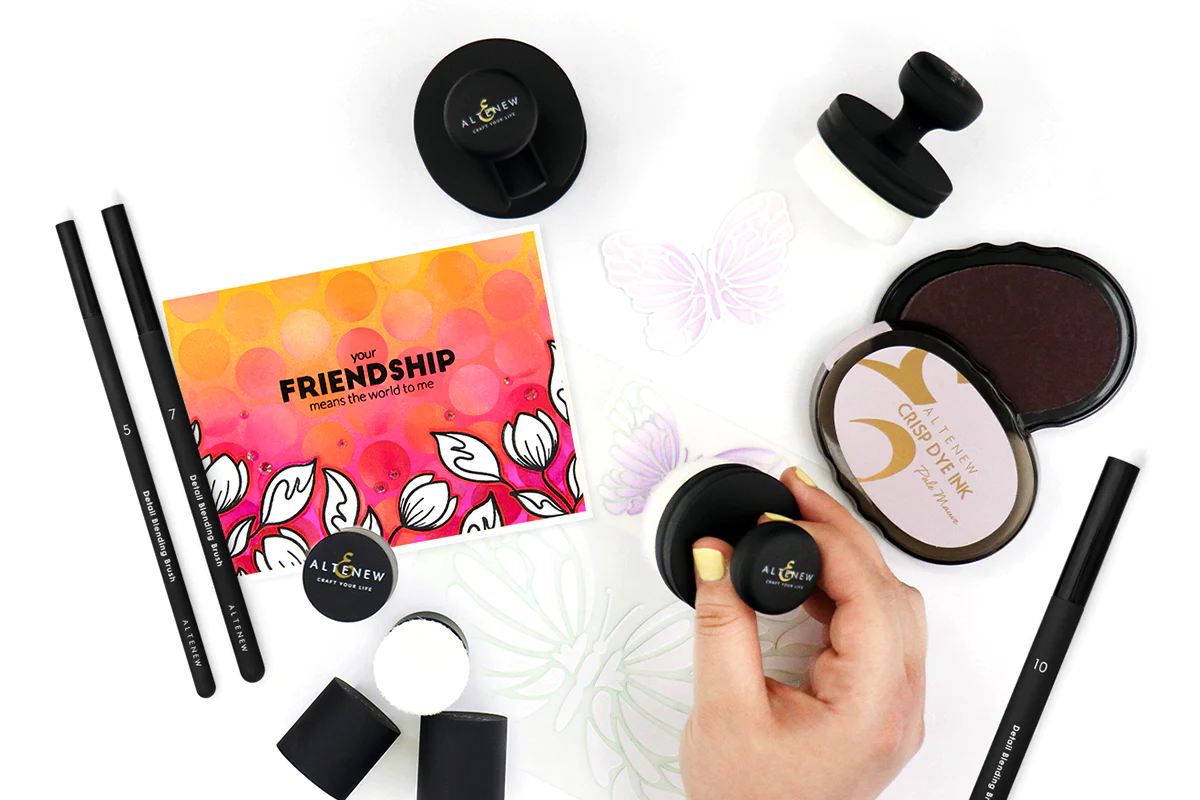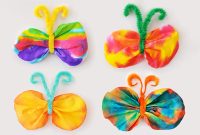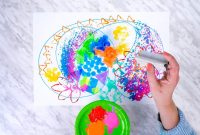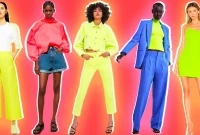The Beginning
Learning how to mix colours is more than just a skill; it’s an art form that can help you be more creative. No matter how experienced you are as an artist or how new you are, knowing the subtleties of colour mixing can make a big difference in how your work looks. We will talk about all the different ways to mix colours in this piece, from the most basic colour theory to more advanced techniques that will help you improve your art.
Learning About Colour Theory
Let’s get a good understanding of colour theory before we get into the actual side of mixing colours. Colours are not picked at chance; artists have studied them for hundreds of years and found rules that govern them. With its primary, secondary, and tertiary colours, the colour wheel shows how to mix colours in a way that works well together. Knowing how colours relate to each other will help you decide how to blend them.
The Tools of the Trade
To get good at colour mixing, you need to make sure you have the right tools. Good art materials, whether they are classic or digital, can have a big effect on how your work turns out. All of the choices you make, from picking the right medium to picking high-quality supplies, affect the end result.
Tips on how to blend colours perfectly
Using different methods is needed to make colour mixes look smooth. You can bring your art to life by gradually mixing colours that are similar, creating contrast with colours that are opposite each other, and accepting triadic patterns. Every method you use gives your work more depth and complexity.
How to Make Colour Changes Smooth
It takes skill to make colour changes look smooth. It’s important to know how to layer colours well, mix them with different shapes, and make realistic patterns. When you use these tips, your art will look more skilled and draw people in.
What Not to Do: Common Mistakes
It can be hard for even the best artists to mix colours together. Common mistakes include adding colours too much, not paying attention to how lighting affects the painting, and rushing the blending process. If you know how to avoid these mistakes, you will save time and stress on your artistic path.
Getting better with exercises
It takes practise to get good at mixing colours. You can improve your skills by starting with easy drills, moving on to more difficult ones, and finally taking on more difficult ones. Going on the trip is just as important as getting there, and each exercise helps you become a better artist.
Showing Off Your Masterpiece
Presentation is important. How you frame and show off your art can make it more powerful overall. Now that we have social media, it’s easier than ever to share your work with more people. Figure out how to show off your work in a way that makes people and other artists feel something.
Troubleshooting: How to Fix Blending Problems
In order to be creative, you have to make mistakes. It is very important to learn how to fix colour mismatches, fix areas that are too mixed, and turn mistakes into chances. One skill that sets a master apart from a beginner is the ability to troubleshoot.
Learning How to Blend Colours in Digital Art
When you start to do digital art, learning how to mix colours takes on a whole new meaning. Artists can do amazing things in the digital world if they know how to use digital tools, pick the right software, and understand the benefits of digital colour mixing.
Stories to Inspire You
Look at artists who have done a great job of mixing colours for ideas. Learn from their successes and failures, and find out how they overcame problems on their way to becoming artists. Stories that inspire you can teach you important lessons and push you to do more.
Keeping up with the latest colour trends
Art changes over time, just like any other artistic area. It’s important for artists who want to stay current to keep up with colour trends. Check out websites that list popular colour choices and try out new styles to keep your work interesting and new.
Why learning how to blend colours is important
Mastering colour mixing has benefits beyond making you look good as an artist. There are many benefits, such as better artistic expression, more marketability of your work, and personal fulfilment. It’s worth the time to get better at mixing colours because it makes your art look better and makes you happy.
In conclusion
In conclusion, any artist should work hard to learn how to blend colours well. Every step you take, from learning about colour theory to using advanced methods, helps you get better. Try new things, enjoy the process of learning, and watch as your art changes, taking on more colour and depth.
FAQs
How long does it take to learn how to mix colours well?
A: Everyone needs a different amount of time to learn how to blend colours. Dedication and consistent practise are two of the most important things that can speed up the learning process.
Q: Can I mix colours without using painting tools?
A: Professional art tools can make mixing easier, but you can still get great results with good materials that are available to artists of all types.
Q: Why is it important to understand colour theory?
A: Knowing colour theory helps you choose colours that go well together and look good together, which makes your art more pleasing to the eye.
As an artist, how can I fix mistakes I make when mixing colours?
A: Layering, mixing, and sometimes even redoing areas are necessary to fix mistakes. To get better at something, you need to be patient and practise a lot.
Q: Are there any quick ways to get good at mixing colours?
A: There is no easy way to get good at something. The best ways to get good at colour mixing are to keep practising, learn from your mistakes, and look for ideas from other artists.





